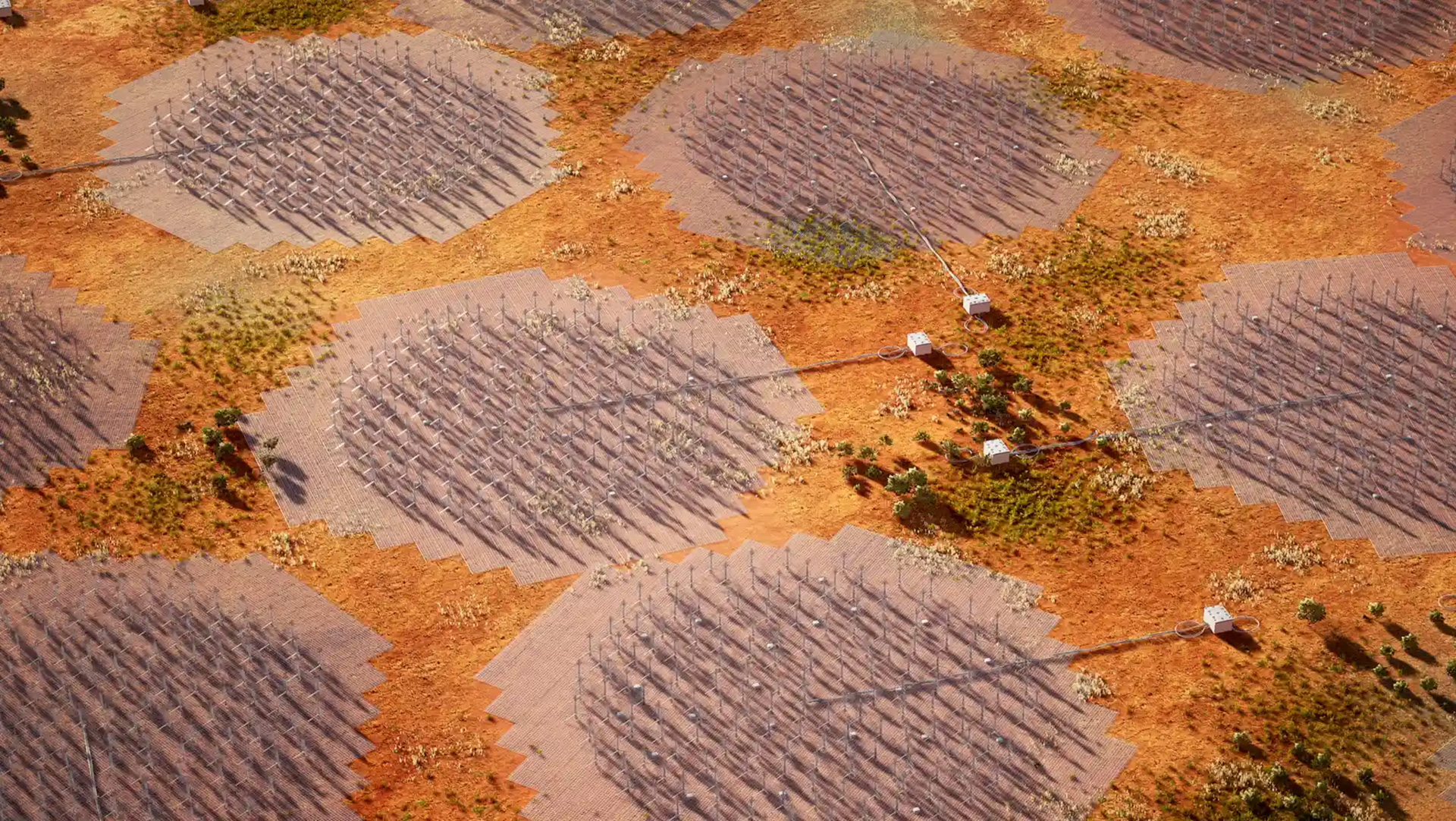
By using the Very Large Telescope and the Atacama Large Millimeter/submillimeter Array, astronomers have identified clumps in the thick material around a star named V960 Mon that could gravitationally collapse to form the seeds of planets like Jupiter.

NASA recently released a stunning new image of Saturn, depicting the planet's rings shining brightly against the blackness of space. The powerful space telescope has now captured all four gas giants in our solar system.

ESA's Euclid space telescope was launched for a six-year mission to shed light on dark energy and matter and chart the largest-ever map of the universe.

Astronomers are now closer to a major technological upgrade. Australia has started construction of its portion of the Square Kilometer Array, a system that should become the world's largest radio telescope.

Astronomers searching for radio signals that could be signs of extraterrestrial life have just gained access to South Africa's MeerKAT telescope.

The exoplanet is a gas giant, meaning it has no rocky surface and could not be habitable. The image shows how Webb's powerful infrared gaze can easily capture worlds beyond our solar system.

The first full-color image from NASA's James Webb Space Telescope has been released. The images are be the deepest and highest resolution ever taken of the universe, according to NASA.

NASA's James Webb Space Telescope has produced the deepest and sharpest infrared image of the distant universe to date. Known as Webb'nas First Deep Field, this image of galaxy cluster SMACS 0723 is overflowing with detail.

A critical stage of the James Webb Space Telescope's mirror alignment has been completed, keeping the state-of-the-art observatory on track to commence science observations in a few months.

After successfully unfolding the James Webb Space Telescope’s sunshade and optical elements, scientists and engineers are now ready to begin a multi-step process to align the primary mirror’s 18 hexagonal segments.

A powerful European Ariane 5 rocket boosted NASA’s $10 billion James Webb Space Telescope into space on Christmas Day, kicking off a great attempt to capture light from the first galaxies to form in the aftermath of the Big Bang.

Astronomers using the Atacama Large Millimeter Array (ALMA) have spotted presence of a disc around a Jupiter-like exoplanet 400 light years away that could provide the raw material for up to three satellites the size of Earth’s Moon.

NASA engineers are optimistic they’ll be able resolve a problem with the Hubble Space Telescope’s payload computer that knocked the observatory out of action on 13 June.

Working alongside its northern-hemisphere partner telescope, the ESAs Test-Bed Telescope 2 (TBT2) at La Silla Observatory in Chile will keep a close eye on the sky for asteroids that could pose a risk to Earth.

Astronomers have detected X-rays from Uranus using NASA's Chandra X-ray Observatory. This result may help scientists learn more about this enigmatic ice giant planet in our solar system.